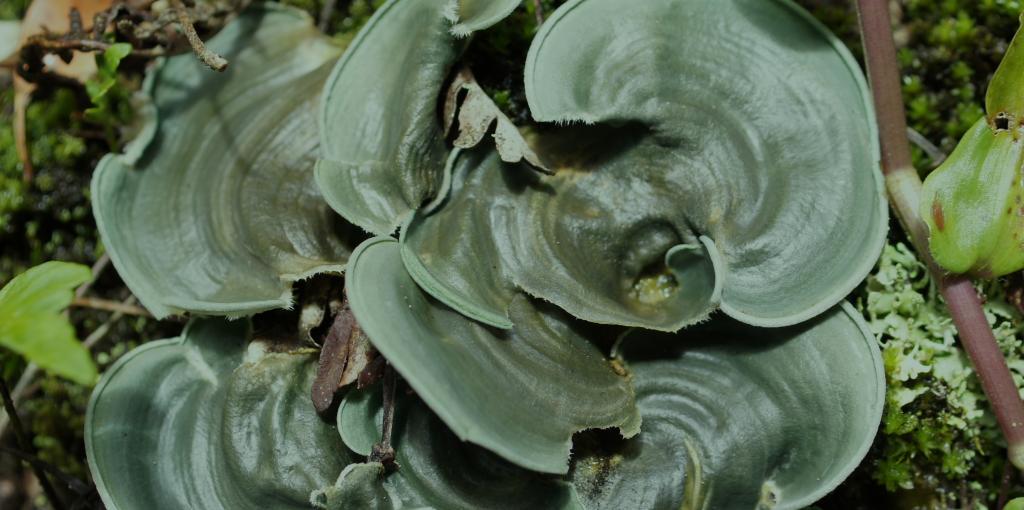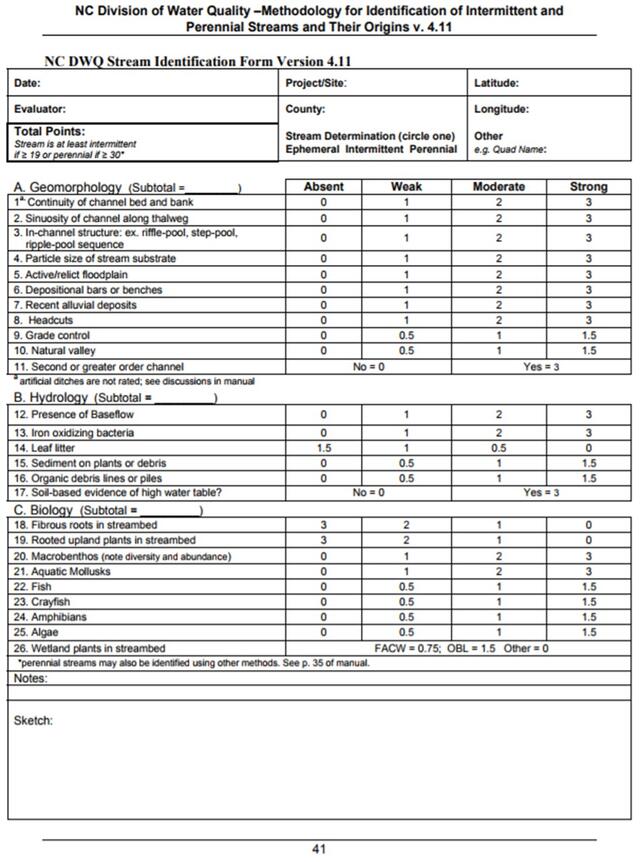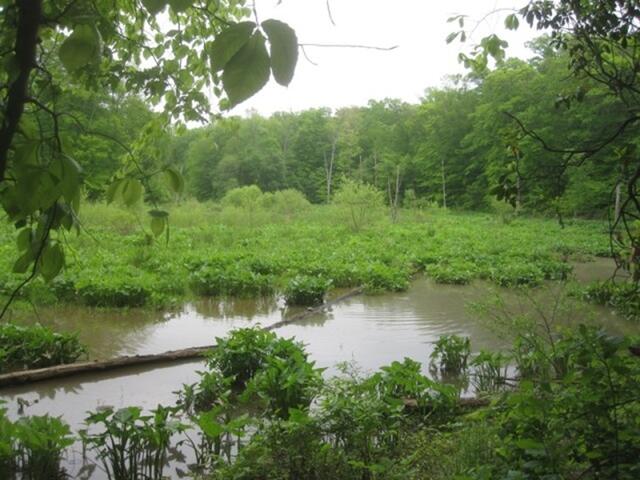Daniel Buczek
Admission CTAs
STORMWATER MANAGEMENT INTERN
Internship at Angler Environmental
Story and images by Daniel Buczek
After my junior year I was looking to take the next step in my professional career and intern for an environmental organization in the summer of 2017. After applying to a variety of governmental organizations, I was denied on all my applications. Shortly after I saw a truck with “Angler Environmental” printed on the side. I went to their website to see if they were taking applications for summer interns and they had two positions open, one for a Field Ecology intern and a Stormwater Management intern. I applied to both positions and within a week, I was set up for an interview for the Stormwater Management position. I had the interview on a Friday, and by the end of the day an offer letter was sent to me to work with Angler as a stormwater management intern! I began my internship with Angler Environmental on May 27th and have been with the company ever since.
I have been employed with Angler Environmental for 6 months and have been exposed to a variety of projects. A short list of types of larger projects I have assisted with include: stormwater sampling, invasive species management, forest, stream, and wetland delineation, water quality monitoring and sampling, and stream assessments.
Starting in mid to late June, I took the co-lead on my first project. Another intern and myself were tasked with performing stream perenniality assessments on 29 stream systems at a military base that will remain unnamed for confidentiality reasons. We used the North Carolina Stream Assessment Method to determine if the stream in question had perennial (constant) flow, intermittent (water usually present but flow is not always present) flow, ephemeral (short term flow usually only present during storm events), or was a non-jurisdictional waterway (should not be classified as a stream). The North Carolina Method assessed geomorphological, hydrological, and biological characteristics to determine the perenniality of the system. The base had a diverse range of stream systems. As stated before, 29 systems were assessed in total and 65 stream segments were assessed. Of those 65 streams, 9 were classified as perennial, 16 were classified as intermittent, 37 were classified as ephemeral, and 3 were classified as non-jurisdictional waterways. The graph below depicts the breakdown of the streams classifications.
Figure 1: Picture of the North Carolina Stream Perenniality Assessment Form
Figure 2: Stream classification breakdown
These stream perenniality assessments were conducted to aid in sustainable development. Stream classifications had different buffer zone requirements. A perennial stream required a 100-foot buffer system, an intermittent stream had a 35-foot buffer, ad an ephemeral stream had no buffer zone requirement. As the base continues to develop, a need to know the perenniality of their streams is a must to comply with state and federal laws.
Overall, I highly enjoyed the project! I felt a sense of pride in that this was the first project I had ever taken lead on in a professional setting and to earn the trust of my boss to complete this was fulfilling. Additionally, the project itself was extremely fun! Bordering the Potomac River and having the Accotink Bay Wildlife Refuge, the base is full of beautiful landscapes and home to an array of diverse and abundant organisms. Getting paid to hike around the base and assess stream systems was a dream come true!
Figure 3: Picture of Accotink Bay Wildlife Refuge
Once while assessing a stream, we were in a restricted area and were told we had access, but after about an hour at the site I received a phone call from security stating that I “have to leave, NOW!” Seeing as how I was hiking around a restricted area on a military base, and these were not the most comforting words, I began rushing out of the site – running through spider webs, thorns, everything, to vacate the area and keep from upsetting security any more than they already were. I turned around only to see my partner slowly strolling along as if nothing had happened. We eventually got out of the area and no one was waiting for us, which was a big relief to me. We discovered that although we had alerted the main base security team that we would be in the area, there was a restricted facility close by that had not been informed of our presence.
The field work for this project took about a month and a half to complete and after this, a final report was compiled for the base detailing the findings of our assessments. Although the field was a much more invigorating task, compiling the report had its benefits as well. I was able to gain experience in technical writing for a client with little to no knowledge of the subject at hand. Being able to be detailed enough to fully explain something, yet simple enough so anyone could understand what I was discussing was a challenging but crucial skill for me to develop.
I look forward to continuing my professional career at Angler Environmental. The experience I have received so far is outweighed by none and the experiences I have are ones that I’ll always look fondly on. The company has helped me grow in numerous ways and continues to help in every way they can towards my professional and academic development.
Back to https://science.gmu.edu/news/spotlight-evpp-494-internship



